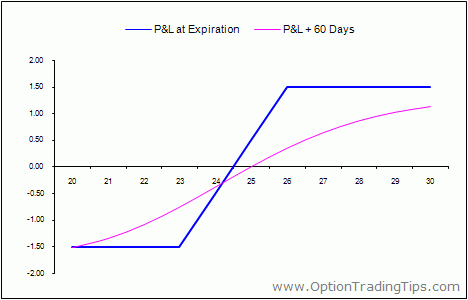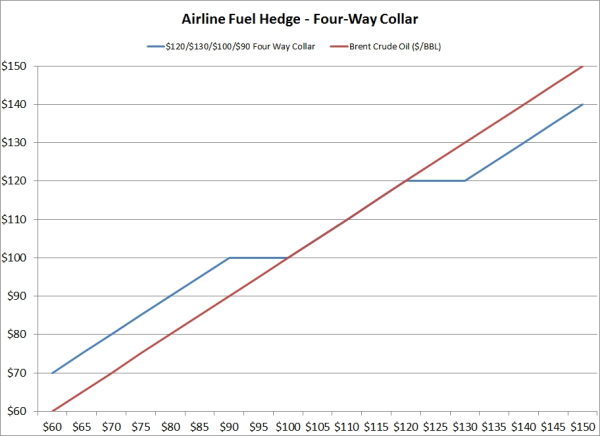Index Option Strategies Buying Index Collars
Post on: 16 Март, 2015 No Comment

Who Should Consider Using an Index Collar?
- An investor who owns a portfolio of mixed stocks, wants to protect its value with puts on the downside, and in return is willing to cap its upside profit potential by simultaneously selling calls to pay for the puts.
- An investor whose portfolio tracks exactly, or at a consistent ratio or beta, the performance of an index that underlies a class of index options.

Collars are often used by equity option investors for downside price protection of underlying shares they own. Collars using index options may also be established to protect the values of portfolios on the downside, and are commonly employed by portfolio managers and investors with large portfolios of mixed stocks. In return for downside protection, investors who turn to collars are also willing to make the trade-off of limited profit potential of their protected assets on the upside by writing calls to at least in part finance the cost of the puts.
Definition
Establishing an index collar to protect a portfolio involves purchasing puts for downside insurance, while at the same time selling calls, with the premium taken in at least in part financing the cost of the puts. The purchased puts will have a strike price less than that of the calls sold, and very commonly both options are out-of-the-money when the position is established. The short calls will limit upside profit potential of the portfolio, the degree to which depending on the strike price chosen, because they expose the investor to potential assignment on in-the-money contracts. Assignment may be received on American-style index options at any time before the contracts expire. For European-style index options, assignment is possible only within a specific period of time, generally on the last business day before expiration. All index options are cash-settled. For contract specifications for various index option classes, please visit the Index Options Product Specification area here .
The degree to which the collars protective puts are paid for by the premium received from the written calls depends entirely on the current level of the underlying index, and the strike prices and premium amounts of the contracts chosen. It is possible to construct a collar so that not only are the puts fully paid for by the call premium, but that the call premium actually exceeds the puts cost. In other words the whole position may established at a net credit, which the collar investor keeps whether the level of the underlying index increases, decreases or remains unchanged.
Index collars are generally employed to protect unrealized profits from the portfolio being protected, and the index option class chosen will generally have an underlying index that most closely tracks the performance of the portfolio, or at least at a consistent correlation, or beta. There are many option classes available from which a collar might be constructed to provide the downside protection a portfolio might need. Again, losses on the downside are limited by the protective index puts, as well profits on the upside capped by the written index calls.














